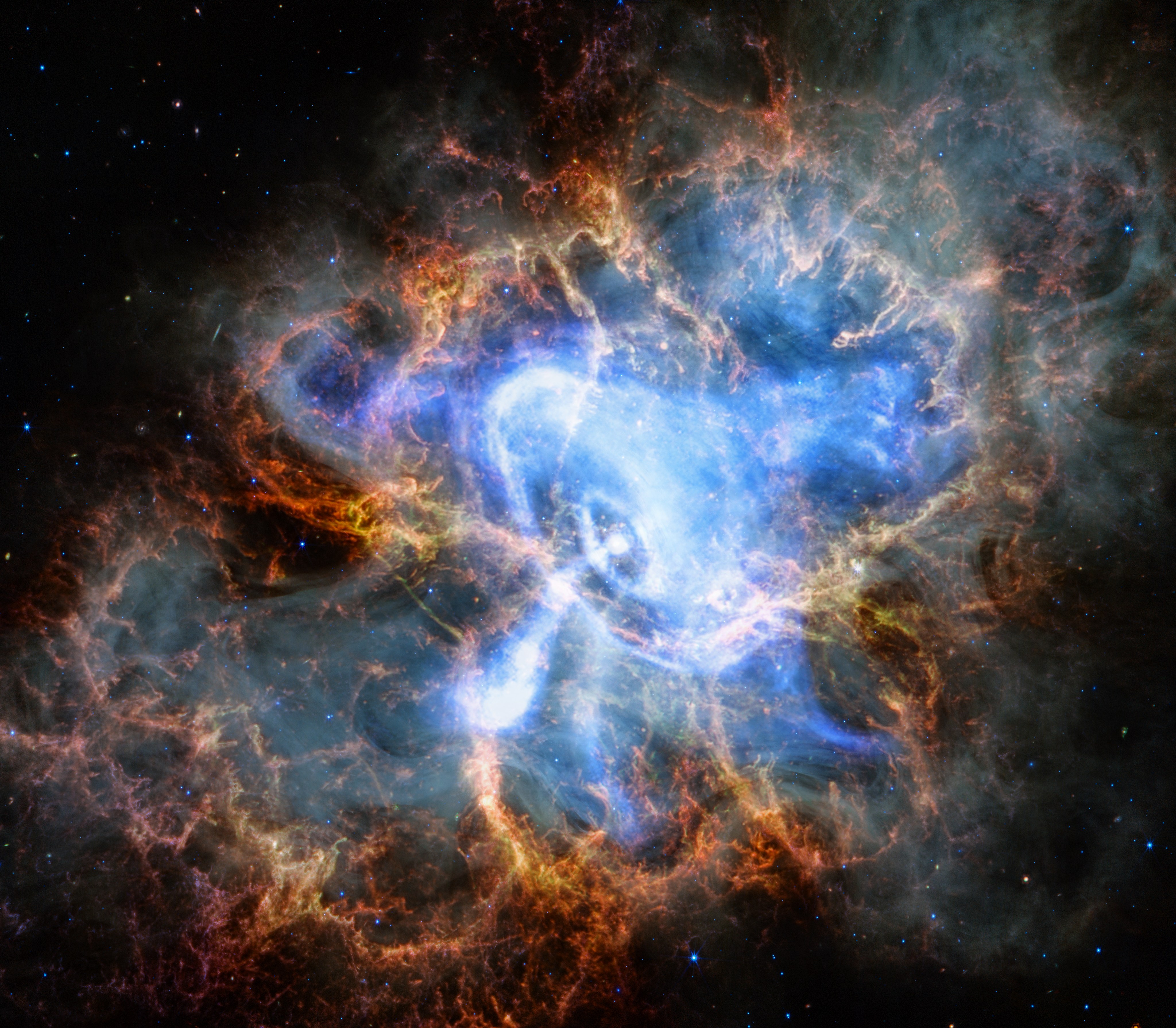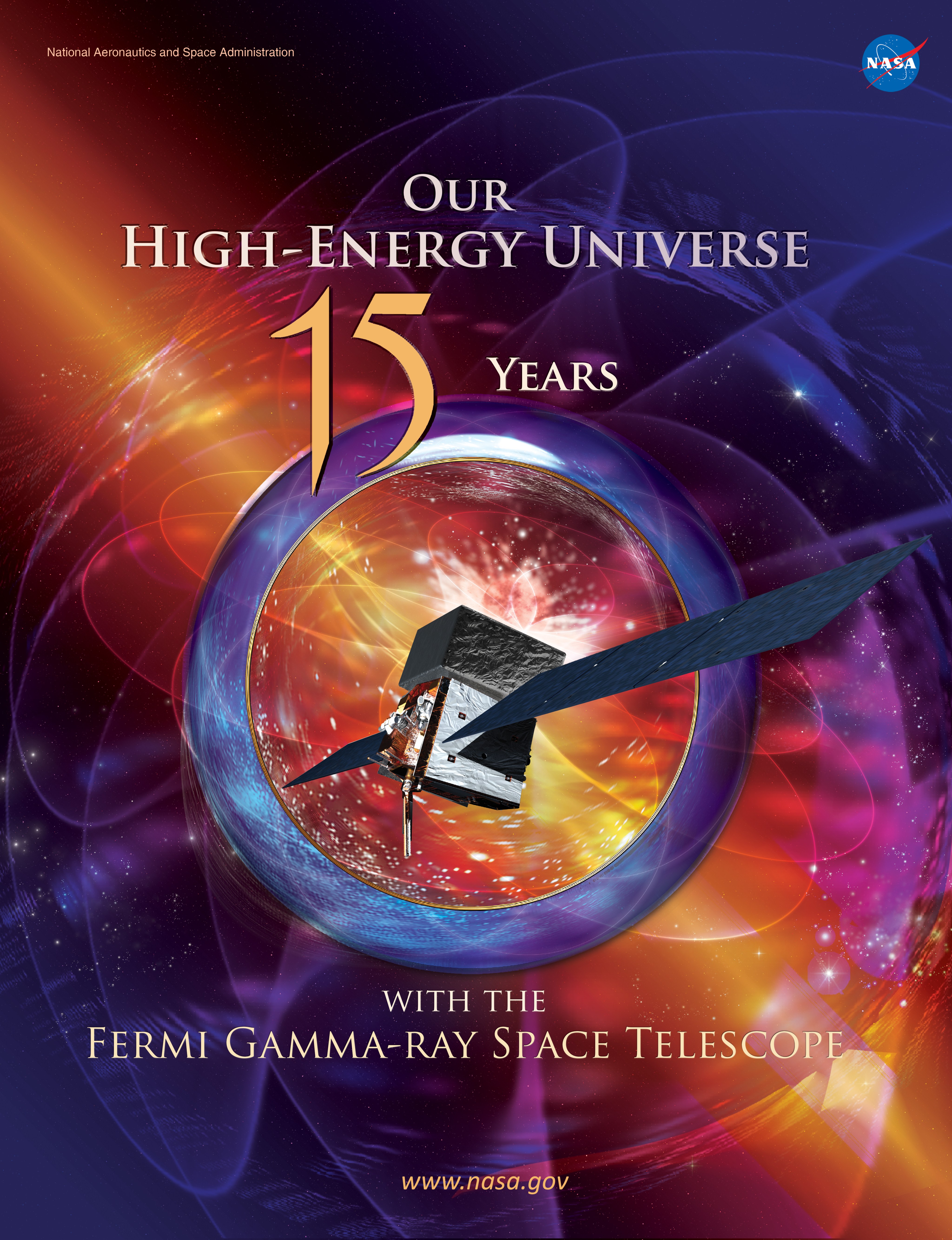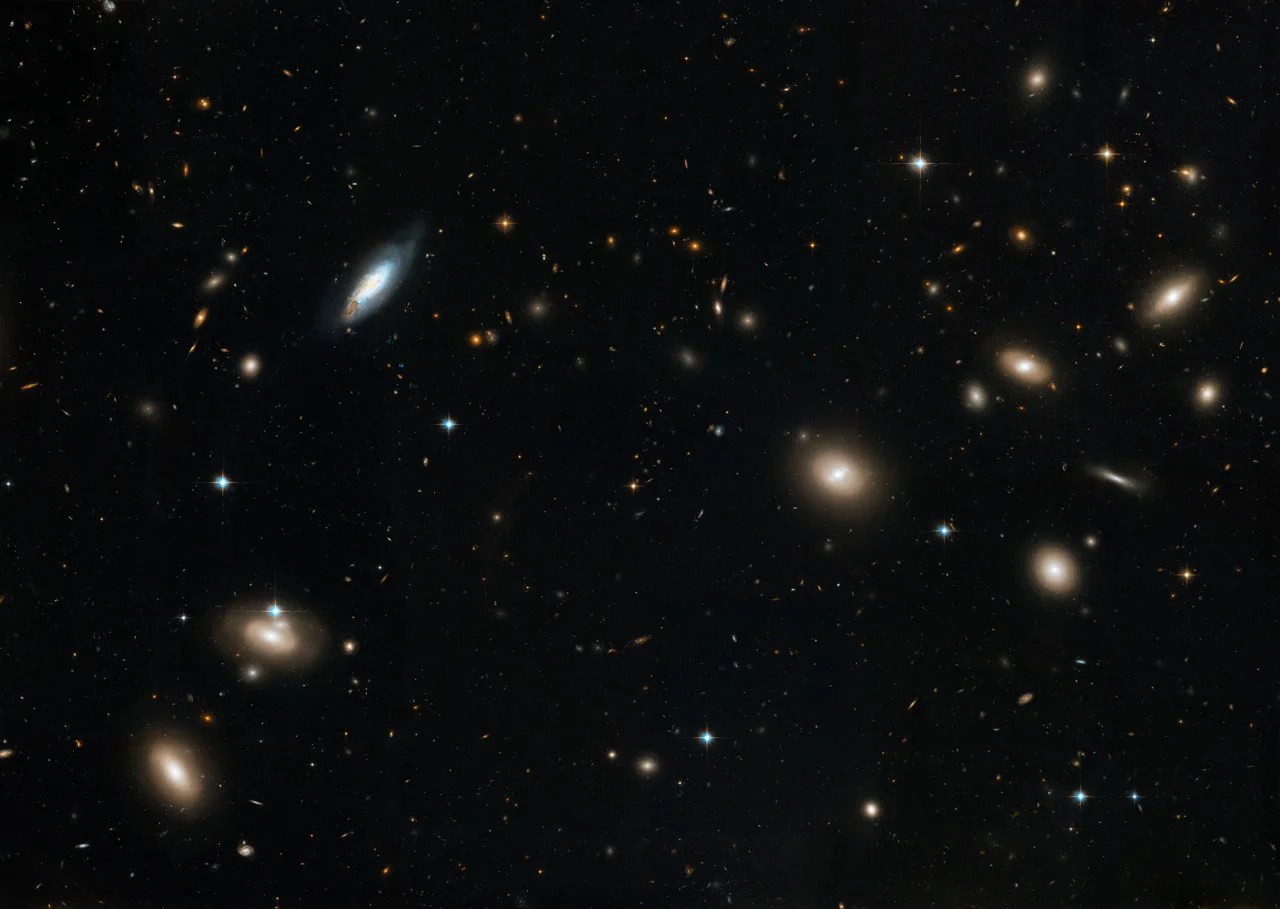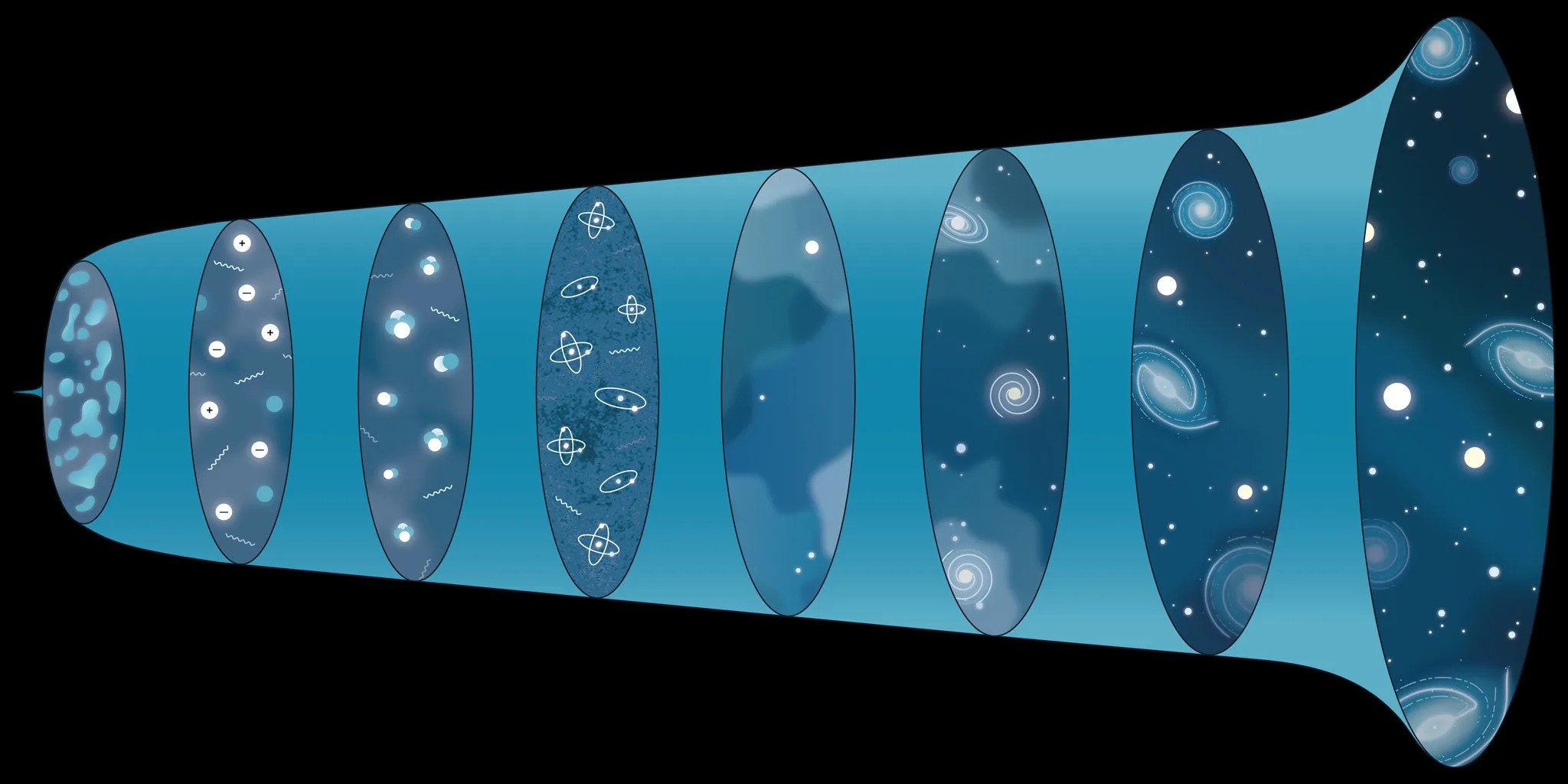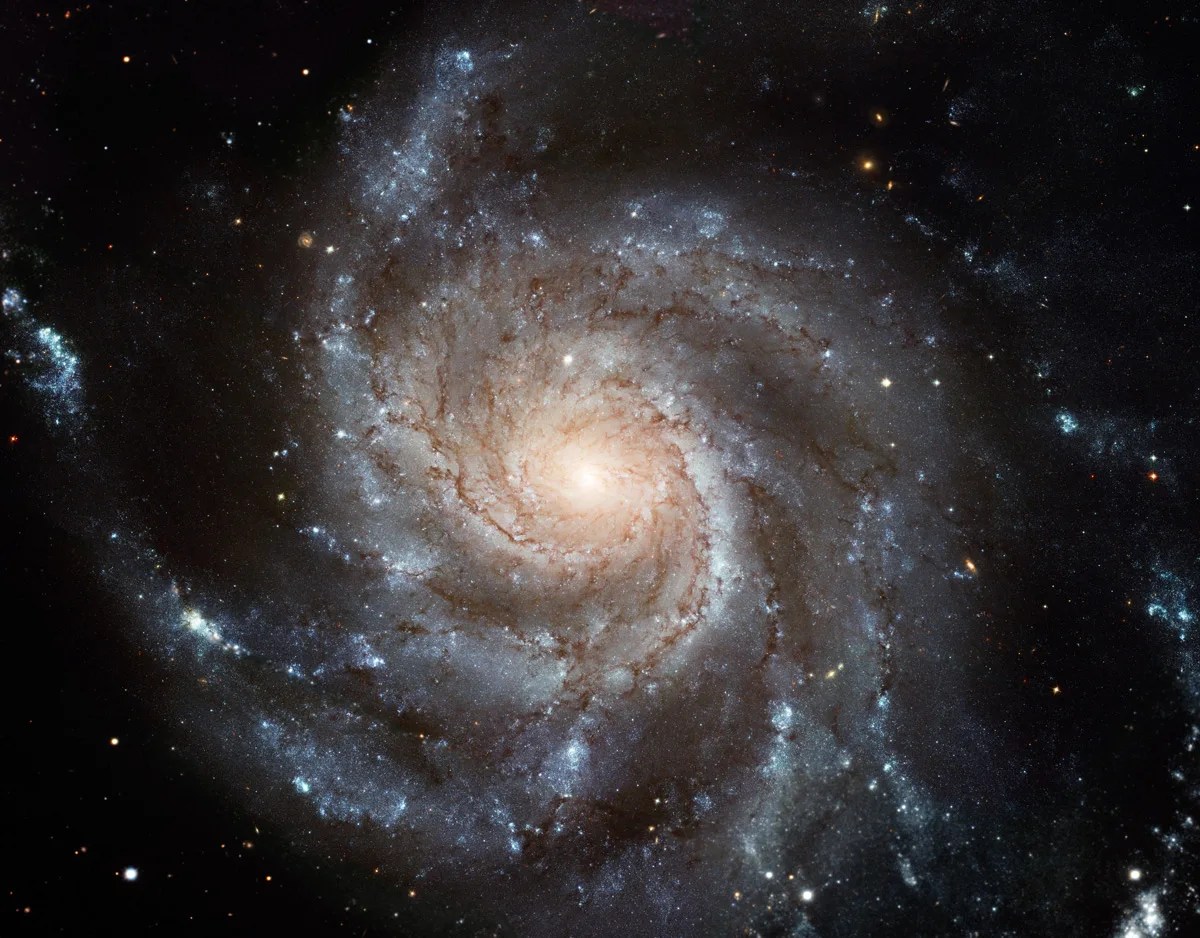6 min read
Billions of trillions of stars speckle the universe. Star clusters are groups of stars that share an origin, forming at roughly the same time and location, and are tied together by gravity for up to millions or even billions of years.
Stars are born within clouds of gas and dust when the conditions are just right. Gravity causes this gas (primarily hydrogen) and dust to collapse. As the cloud collapses and the pressure starts to build, its core will heat up. This hot core, known as a protostar, can continue to accumulate matter and evolve into a star. The process of creating a star takes about a million years. Once born, the longest-lived stars may survive for 10 billion years or more.
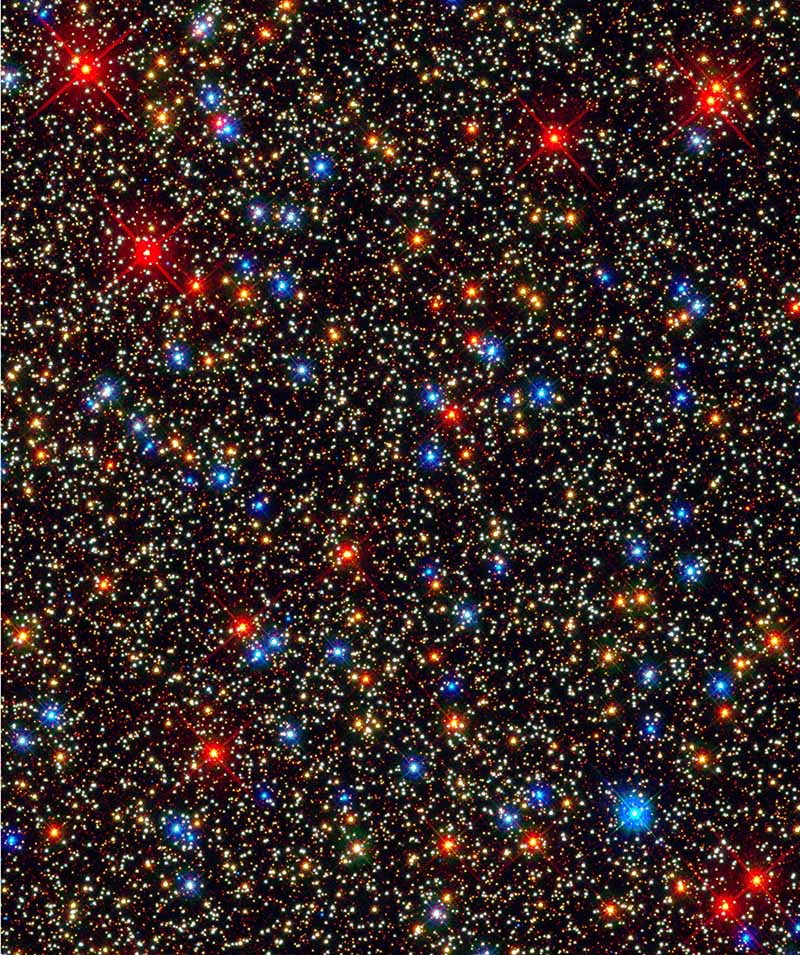
When conditions are right for one star to form, often multiple stars will form and create a cluster. Over time, some stars will leave the cluster, either by slowly dispersing or being ejected, while others will die in the cluster. Additionally, ultraviolet light, stellar winds, and supernovae can all blow gas and dust out of the star cluster, halting new star formation.
Different types of stars have different life spans, so clusters will change over time as stars evolve. Some clusters might contain big, hot O-type stars, which are stars that burn out quickly and explode as supernovae within millions of years. Others might hold smaller, cooler stars that age and change over billions of years. Star clusters can contain anywhere from as few as a dozen stars to upwards of millions, and those stars can be spread out over a few light-years to hundreds of light-years. There are three different types of star clusters, which range in size, composition, and number of stars.
Ancient and giant, globular star clusters are stellar "dinosaurs" scattered throughout the universe. They can survive for billions of years, holding some of the oldest stars in the universe.
Globular star clusters contain anywhere from tens of thousands to millions of stars, packed tightly together in dense clumps ranging from 50 to 450 light-years across, and they can be found throughout the halo, or outer regions, of our own Milky Way galaxy. These stars formed within massive clouds of gas anywhere from about 8 to 13 billion years ago. Once formed, these roughly spherical star clusters were left without gas and dust to feed new star formation. There is, however, some evidence that some globular clusters can produce multiple generations of stars early in the cluster’s life.
Globular star clusters are associated with all types of galaxies. The Milky Way holds about 150 known globular clusters, many of which are in retrograde orbits, meaning they are orbiting the center of the galaxy in the opposite direction of most of the objects in the Milky Way. This indicates that our galaxy could have captured these clusters during an interaction with another galaxy. These clusters are born so dense and massive that they can remain a cluster even after being pulled apart by gravity over time.
Because they contain so many stars, globular clusters are often the most visibly obvious clusters. Sky watchers can see many of them with the unaided eye. The largest and brightest globular cluster in the Milky Way galaxy, Omega Centauri (NGC 5139), is one of the clusters visible without a telescope.
Smaller than globular clusters, open clusters are more loosely bound groups that typically contain anywhere from tens to thousands of stars. Open star clusters have a core that typically measures a few light-years across that is surrounded by a corona, or the outermost part of a star’s atmosphere, that can stretch about tens of light-years out from the center.
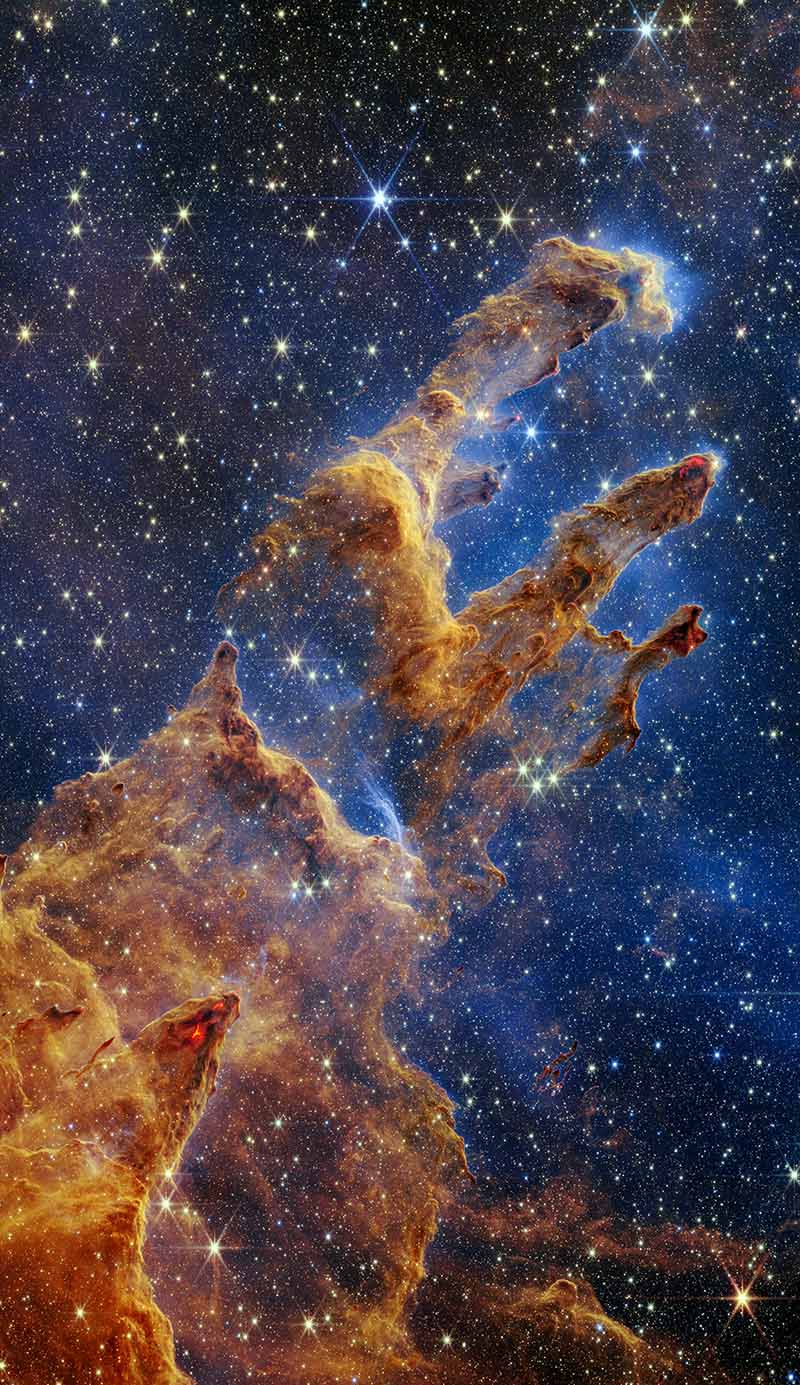
Found in irregular galaxies and spiral galaxies like the Milky Way, open clusters contain both old and young stars and are generally much younger than globular clusters – typically they are less than a billion years old. Stars in open clusters are also more spread out, so these clusters are not very stable and the stars have a tendency to disperse after a few million years.
More plentiful in our galaxy than globular clusters, there are thousands of open clusters in the Milky Way, though it's thought that there could be many, many more. In the Milky Way, these clusters can be spotted in our galaxy's disk, both in and between its spiral arms.
Some of the most popular images of outer space show the Eagle Nebula, which contains the famous Pillars of Creation. This nebula is a massive cloud of gas and dust that encompasses many different star-forming regions where stars and star clusters are born. The Eagle Nebula is a few million years old and located approximately 5,700 light-years away from Earth.
While globular and open clusters are generally referred to as the two main types of star clusters, there is a third variety of stellar groupings, called stellar associations, which are the most dispersed of the bunch. In fact, the vast majority of stars are born as members of a stellar association before they move apart.
In the Milky Way, the highest concentration of stellar associations is in the galaxy's spiral arms. Stellar associations are very loose clusters of 10 to upwards of 10,000 stars. While they might hold fewer stars than other types of clusters, because the stars are so spread out, stellar associations can be very large, averaging 700 light-years across.
Stellar associations are categorized based on the types of stars they contain. OB associations are made up of O and B-type stars that are young and massive (B-type stars are typically 2 to 15 times more massive than the Sun and O-type stars are usually 15 to 90 times as massive); R associations have young, bright stars with a medium mass between 3 to 10 times the mass of the Sun; and T associations contain mostly T Tauri stars that are fairly cool, young stars with low mass similar to the mass of our Sun.
The stars in stellar associations are so spread out that they defy the image of a "cluster." Visually, the stars in these clusters might not look bound together at all. This is because, while the stars in stellar associations formed together and continue to move together through space, they have become gravitationally unbound. As a result, stellar associations are the least stable variety of star cluster. However, many of the brightest stars in constellations like Scorpius, Lupus, Centaurus, and Crux as well as the bright star Antares are all a part of a stellar association located about 400 light-years away.
Because they are not as obvious as their counterparts, stellar associations can be hard to spot. But scientists can still determine if stars are part of the same cluster or have common origins based on key factors like the stars’ age, movement, and sometimes even their chemical composition.


